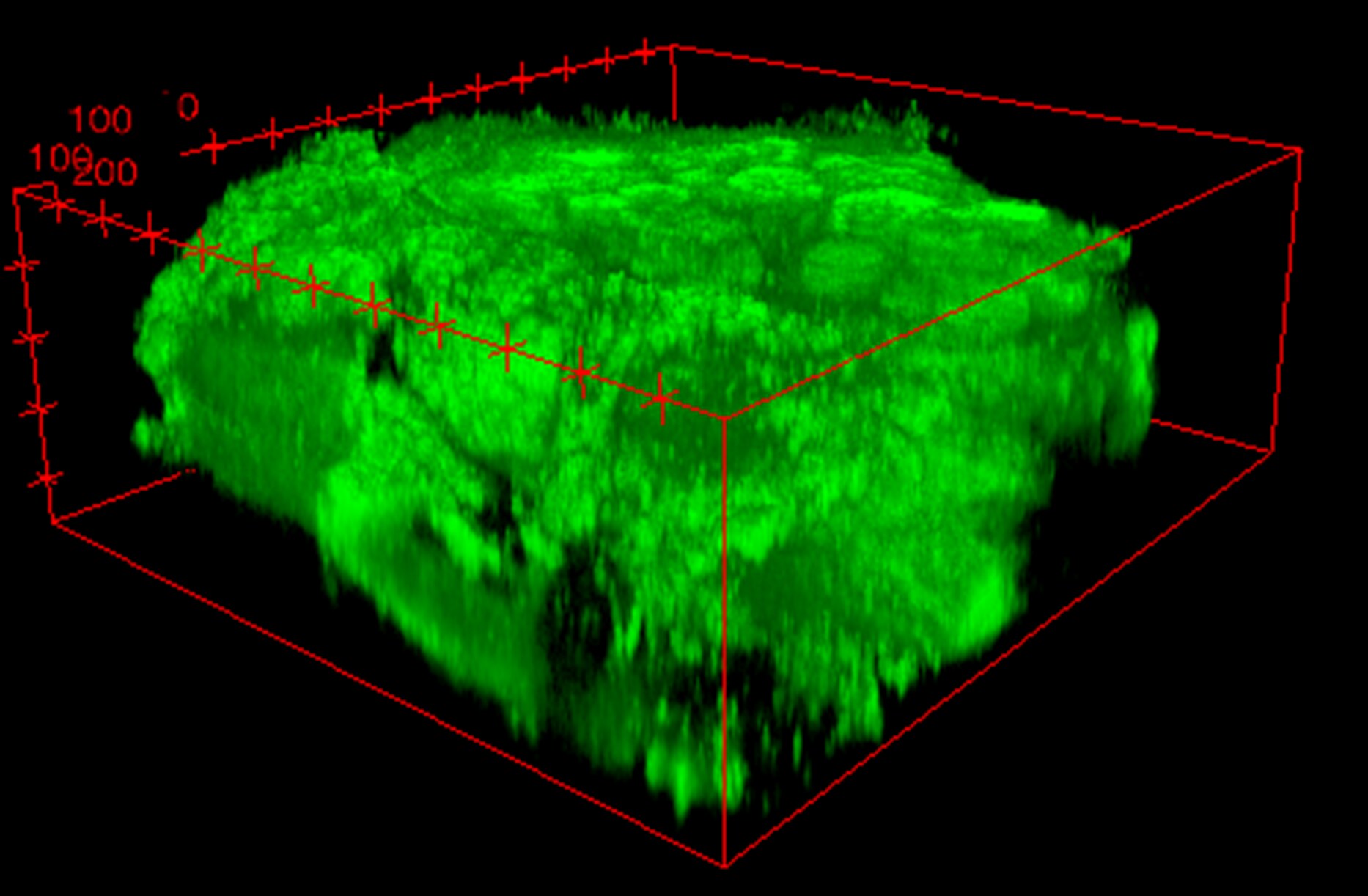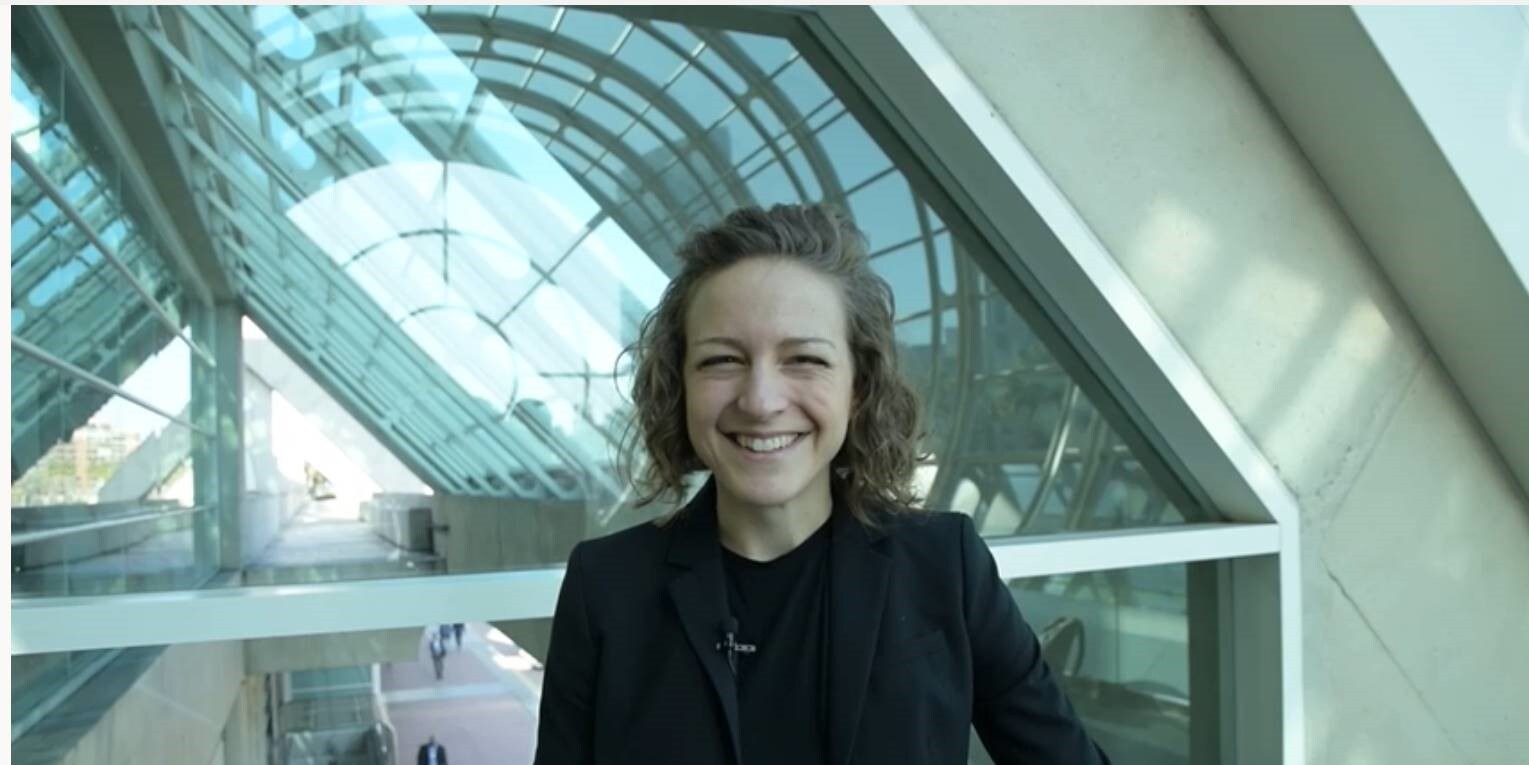Cameron Smurthwaite MSc, MBA, explores new innovations in high-content screening and how Visikol, a biotechnology CRO, utilizes HCS within their workflows to advance the drug discovery process.
 The theme of the Society for Laboratory Automation and Screening’s SLAS2020 conference, held in San Diego, California, was ‘Level Up Your Science.’ Given the increased participation of small biotech and pharmaceutical companies this year, it’s obvious that the field has indeed leveled up. From equipment and hardware to software and process improvements, the conference was filled with automation solutions designed to streamline, enable scale, and optimize workflows for deeper, more insightful analyses.
The theme of the Society for Laboratory Automation and Screening’s SLAS2020 conference, held in San Diego, California, was ‘Level Up Your Science.’ Given the increased participation of small biotech and pharmaceutical companies this year, it’s obvious that the field has indeed leveled up. From equipment and hardware to software and process improvements, the conference was filled with automation solutions designed to streamline, enable scale, and optimize workflows for deeper, more insightful analyses.
As pharmaceutical and biotech companies clearly have a dynamic and symbiotic relationship, we wanted to understand how the breadth of the Thermo Fisher Scientific portfolio enables both ends of the biotech-pharma spectrum. Visikol, a biotechnology Contract Research Organization (CRO) established in 2014 – who utilize High-Content Screening (HCS) within their workflows, spoke with us about their services and how they use some of our premier brands and products to advance the drug discovery process.
Can you introduce yourself, your institution, and the services provided?
I’m Erin Edwards, head of services at Visikol. As a CRO we specialize in a number of different assays that include imaging as one of the primary endpoints. These include running in vitro assays, cell-based assays, 2D and 3D cell culture models, where we will work with clients to evaluate their compounds on those models. We also take in projects from clients who have already generated 3D cell culture models, or other tissues, and label them in 3D, pull out any sort of quantitative insights by complex analysis of those 3D tissues and cell culture models and deliver a report to the client in order to drive forward their drug discovery programs.
How does the Thermo Scientific CeLLInsight® CX7 LZR High-Content Screening Platform help you image large 3D models or thick tissues?
The Thermo Scientific CeLLInsight® CX7 LZR High-Content Screening Platform is a great system because it allows us to essentially perform automated confocal microscopy on a number of samples in a much shorter amount of time than if you were to using standard upright confocal microscopy. Confocal imaging mode on the CeLLInsight® CX7 LZR is super important when you’re trying to visualize 3D cell culture models or 3D tissues, because it really allows you to get deeper into those tissues and make sure you’re actually analyzing the entire tissue of sizes up to 1,000 uM. To do so we also use clearing reagents, in particular the CytoVista™ reagents. These allow us to clear and image the entire 3D cell culture models or more complex tissues. Also, the utilization of CytoVista™ clearing reagents eliminates the need for water immersion objectives, which are difficult to maintain during screening campaigns. So we really leverage those technologies, the combination of CytoVista™ clearing reagents with the High-Content Screening Platform in order to extract the most quantitative insights and fully characterize these models.
Can you tell us more about how CytoVista™ helps to analyze 3D cell culture models?
Another unique thing about the CytoVista™ reagent is the ability to multiplex immunofluorescence and still get good clearing results. Many of the other clearing approaches out there are not amenable to immunofluorescence labeling. Not only can you use some small molecule dyes, but you can also add antibody labels on there, and do a full characterization of your 3D cell culture models. This becomes really important, when you have regionalized activity within a larger 3D cell culture model. If you think about having a necrotic core, or have the cells on the outer most layer exposed to a therapeutic; these regional differences really become important to understanding what’s really going on when you treat a 3D cell culture model with a compound of interest.
What are some of the features and benefits related to scaling for high-throughput screening assay?
The advantage of using the Thermo Scientific CeLLInsight® CX7 LZR Platform is that it reduces the time in the imaging phase.
If you have to go through each individual tissue and image it in confocal microscopy mode, it’ll take hours or even days and require constant interface with the equipment. However, with the Thermo Scientific CeLLInsight® CX7 LZR we are able to accomplish that same amount of imaging in a mere one two maybe three hours, depending on how many different types of endpoints you’re looking at. This especially becomes important when you’re talking about doing a high-content screen, something where you’re trying to get a lot more out of the 3D cell culture models. You might have 4 or 5 different colors, different channels that you’re trying to image in, maybe 15 or 20 Z-steps, in a 96 or 384 well plate. This would normally take days to go through to scan each individual tissue, so the equipment really allows us to do that in a much more high-throughput manner.
What kinds of research applications are common for you to work on?
We don’t have a particular therapeutic area that we narrow into, instead we work in a variety of areas, so it allows us to get exposure to different therapeutic contexts. Things like immuno-oncology where we will look at immune cell invasion into tumor spheroids. Again, clearing and high-content confocal microscopy are extremely important for this assay. It allows us to see how deeply immune cells are actually infiltrating into spheroids, and how a client’s compound might affect that ability for those cells to infiltrate. That’s just one example in the immuno-oncology space, but we also do a number of assays in other areas, such as toxicology. We look at liver toxicology, cardio-tox, neuro-tox and try to get a mechanistic understanding of a compound. We also do some disease modeling, for instance in NASH (Non-Alcoholic Steatohepatitis) – so there’s a lot of really interesting projects, and 3D approaches can really bring a lot more to the table in terms of recapitulating a type of toxicity or a disease state in order to fully evaluate the effects of a compound.
What does success look like for Visikol?
I’m really excited to see where the future of these kind of high-content imaging projects can take us.
We are always looking to drive forward the drug discovery process at an accelerated pace, and that’s something that the Thermo Scientific CeLLInsight® CX7 LZR allows us to do.
By being able to image tissues and 3D cell culture models more quickly, using a very relevant cell culture model, allows us to provide accurate and efficient turnaround times for our clients, in order to drive forward the drug discovery process and hopefully improve patient outcomes.
What’s next from Thermo Fisher Scientific?
At Thermo Fisher Scientific, we have a long history of partnering with our high-content screening customers and delivering compelling solutions that help them advance and accelerate their science. Our HCS Studio software, already well known in the high-content community for its powerful cell analysis capabilities, will soon be further enhanced with the release of HCS Studio 4.0, featuring EurekaScan Finder.
EurekaScan is a new “seek and find” feature for the CeLLInsight® CX7 LED and LZR HCS platforms aimed at accelerating discovery by automating the identification and capture of irregularly seeded biological samples, including spheroids and organoids, at progressively higher magnifications. With EurekaScan applied, specimens including spheroids and tissues are identified during “seek” operations at low magnification and once “found,” efficiently scanned at higher magnifications for optimal resolution. EurekaScan is allows the user to first identify samples using low magnification across large surface areas, capture them at intermediate magnification, then evaluate them for rare events or improved resolution at higher magnifications. With EurekaScan, efficiencies in total scan times and corresponding file memory consumption are accomplished. Moreover, object identification and validation parameters are applied in real time during EurekaScan operation, so scientists have confidence that samples are being adaptively examined.
Learn more about CytoVista™ clearing reagents and Invitrogen™ mounting media and antifades
Learn more about High-Content Screening basics
Learn more about High-Content Screening applications
Learn more about the CeLLInsight® CX7 LZR HCS platform
Leave a Reply